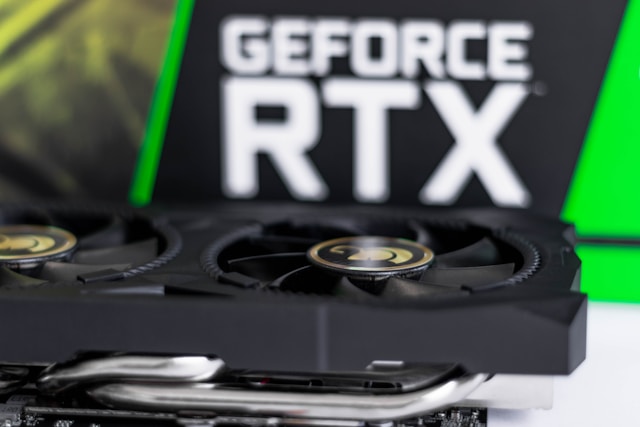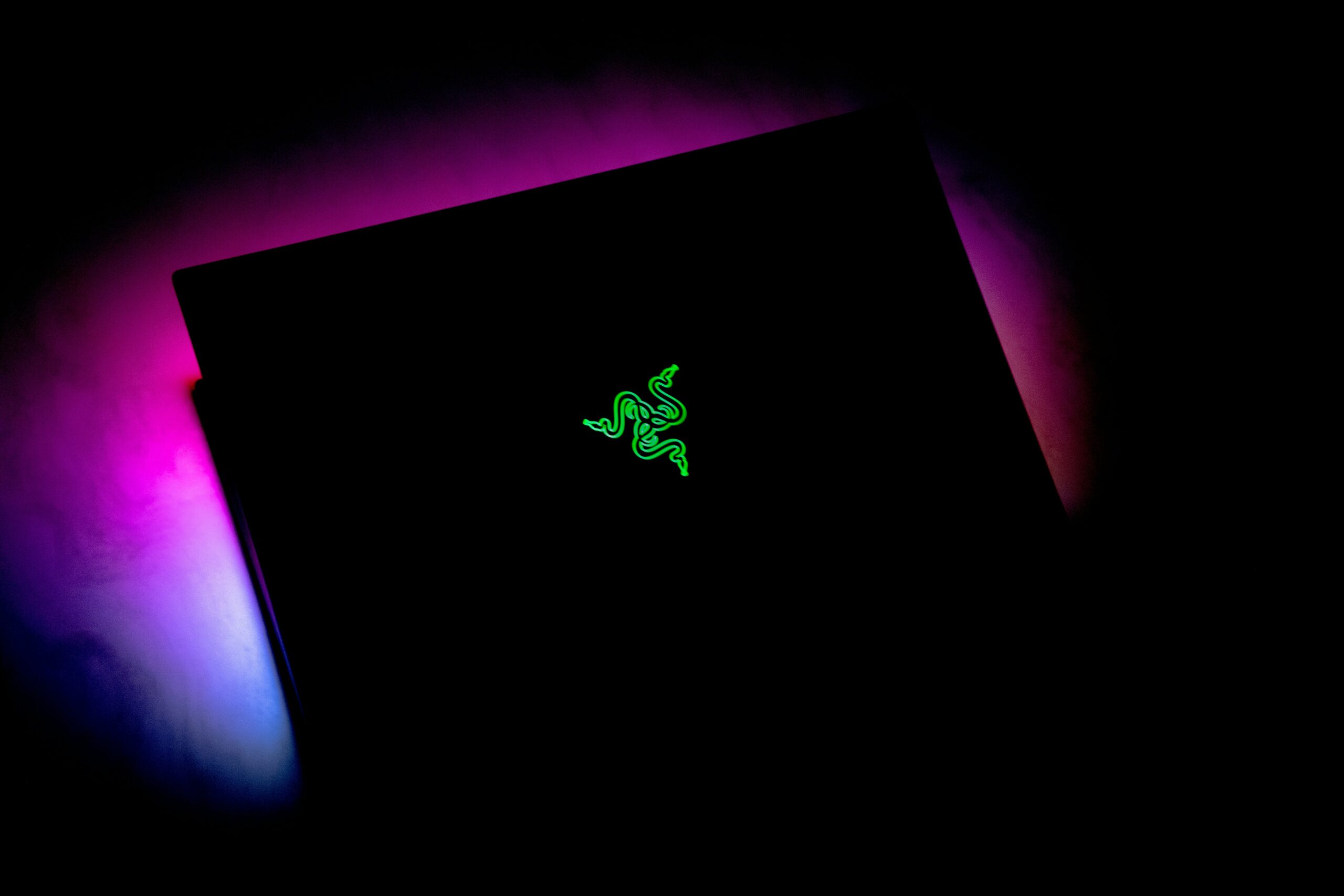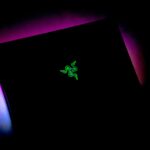Now Reading: NVIDIA’s GDC 2025 Reveal: DLSS 4 and Neural Rendering Take Gaming to New Heights
-
01
NVIDIA’s GDC 2025 Reveal: DLSS 4 and Neural Rendering Take Gaming to New Heights
NVIDIA’s GDC 2025 Reveal: DLSS 4 and Neural Rendering Take Gaming to New Heights

NVIDIA’s GDC 2025 Reveal: DLSS 4 and Neural Rendering Take Gaming to New Heights
At GDC 2025, NVIDIA delivered groundbreaking announcements that set the stage for the future of gaming. The launch of DLSS 4 and neural rendering promises unprecedented frame rates, photorealistic visuals, and enhanced performance—all powered by AI.
With over 100 games adopting DLSS 4, developers embracing AI-driven rendering, and classic titles like Half-Life 2 RTX getting a futuristic makeover, NVIDIA’s latest innovations are redefining what’s possible in gaming. Let’s dive into the biggest takeaways from NVIDIA’s GDC 2025 keynote.
DLSS 4 Revolutionizes Performance and Visuals
Over 100 Games Already Running DLSS 4
NVIDIA’s Deep Learning Super Sampling (DLSS) has been a game-changer since its inception. Now, DLSS 4 is breaking records, integrating into 100+ games and applications faster than any previous version.
Key Features of DLSS 4:
✅ Multi-Frame Generation – Uses AI to generate up to three extra frames per render, massively increasing FPS.
✅ 8x Frame Rate Boost – Titles like Lost Soul Aside now exceed 500 FPS, ensuring buttery-smooth gameplay.
✅ Widespread Adoption – Major games like Stellar Blade and Phantom Blade Zero are launching with native DLSS 4 support.
For PC gamers, this means your RTX GPU is now even more powerful, delivering next-gen performance without needing new hardware.
Neural Rendering: AI-Powered Realism
What Is Neural Rendering?
At GDC 2025, NVIDIA unveiled its neural rendering technology, a game-changing AI technique that dynamically generates textures, lighting, and geometry—all in real time.
This innovation:
🔹 Reduces VRAM usage by letting AI render assets on the fly
🔹 Delivers photorealistic visuals without taxing hardware
🔹 Integrates with Microsoft DirectX to streamline game development
Zorah Demo: A Glimpse Into the Future
NVIDIA showcased neural rendering with an updated Zorah demo in Unreal Engine 5, featuring:
🔸 RTX Mega Geometry – AI-powered polygon generation for hyper-detailed environments
🔸 RTX Hair – Realistic hair rendering with physics-based movement
🔸 ReSTIR Path Tracing – Advanced lighting techniques that bring cinematic realism
With neural shaders hitting DirectX in April, developers will soon harness AI-driven rendering to create visually stunning, performance-efficient games.
Half-Life 2 RTX: A Classic Reborn
NVIDIA is also reviving classics with modern technology. The Half-Life 2 RTX demo, releasing March 18 on Steam, reimagines the legendary FPS with ray tracing, DLSS 4, and neural rendering.
🚀 Key Enhancements:
✔ Full Ray Tracing – Every light source now interacts dynamically with the environment
✔ DLSS 4 Multi-Frame Generation – Dramatic frame rate boosts for silky-smooth action
✔ RTX Neural Radiance Cache – AI-enhanced lighting for true-to-life reflections and shadows
This isn’t just a visual upgrade—it’s a testament to how AI-powered remasters can breathe new life into gaming’s most iconic experiences.
Why NVIDIA’s GDC 2025 Announcements Matter
For Gamers:
🎮 Higher frame rates mean smoother gameplay in competitive and open-world games
🖥 Better visuals without sacrificing performance, even on older GPUs
⚡ Next-gen realism through AI-powered rendering and lighting
For Developers:
🛠 Neural rendering reduces asset load, cutting down production time
📈 DirectX integration opens new possibilities for real-time AI-driven graphics
🚀 DLSS 4 ensures scalability, making games run faster on more hardware
With DLSS 4 and neural rendering, gaming in 2025 is reaching new heights. Whether you’re a competitive esports player, AAA developer, or casual gamer, NVIDIA’s latest innovations ensure a faster, smoother, and more immersive experience.
What game are you most excited to see with DLSS 4? Let us know in the comments!
FAQs
What is DLSS 4 and how does it improve gaming?
DLSS 4 is NVIDIA’s latest AI-powered upscaling technology, using multi-frame generation to create additional frames, boosting FPS by up to 8x while maintaining sharp visuals.
Which games support DLSS 4?
Over 100 games already feature DLSS 4, including Lost Soul Aside, Stellar Blade, and Phantom Blade Zero. More titles are expected to adopt it soon.
How does neural rendering impact performance?
Neural rendering reduces VRAM usage by letting AI dynamically generate textures, lighting, and geometry, allowing for higher-quality graphics with less hardware strain.
Is Half-Life 2 RTX free?
Yes! If you own the original Half-Life 2 on Steam, you can download the RTX-enhanced version for free starting March 18, 2025.
When will neural shaders be available?
NVIDIA’s neural shaders are integrating with Microsoft DirectX in April 2025, meaning developers can start using them in upcoming games.
Do I need a new GPU for DLSS 4?
No! DLSS 4 works on existing GeForce RTX cards, so you can experience massive frame rate boosts without upgrading.
Final Thoughts: NVIDIA’s AI-Powered Future
NVIDIA’s GDC 2025 keynote proved that AI-driven graphics and performance enhancements are the future of gaming. With DLSS 4 boosting frame rates and neural rendering delivering realism beyond imagination, 2025 is shaping up to be a milestone year for gamers.
The best part? You don’t need a new GPU to experience these advancements—just a GeForce RTX card and a supported game.
What are your thoughts on NVIDIA’s GDC 2025 announcements? Drop a comment below and let’s discuss the future of AI-powered gaming!
Playerxperience is run by a team of regular players who write about the stuff that actually matters — games, gear, news, and setup tips. We’re not experts or critics — just real people who love gaming and sharing what we learn along the way. No fluff. No fake hype. Just honest content for players, by players.
















